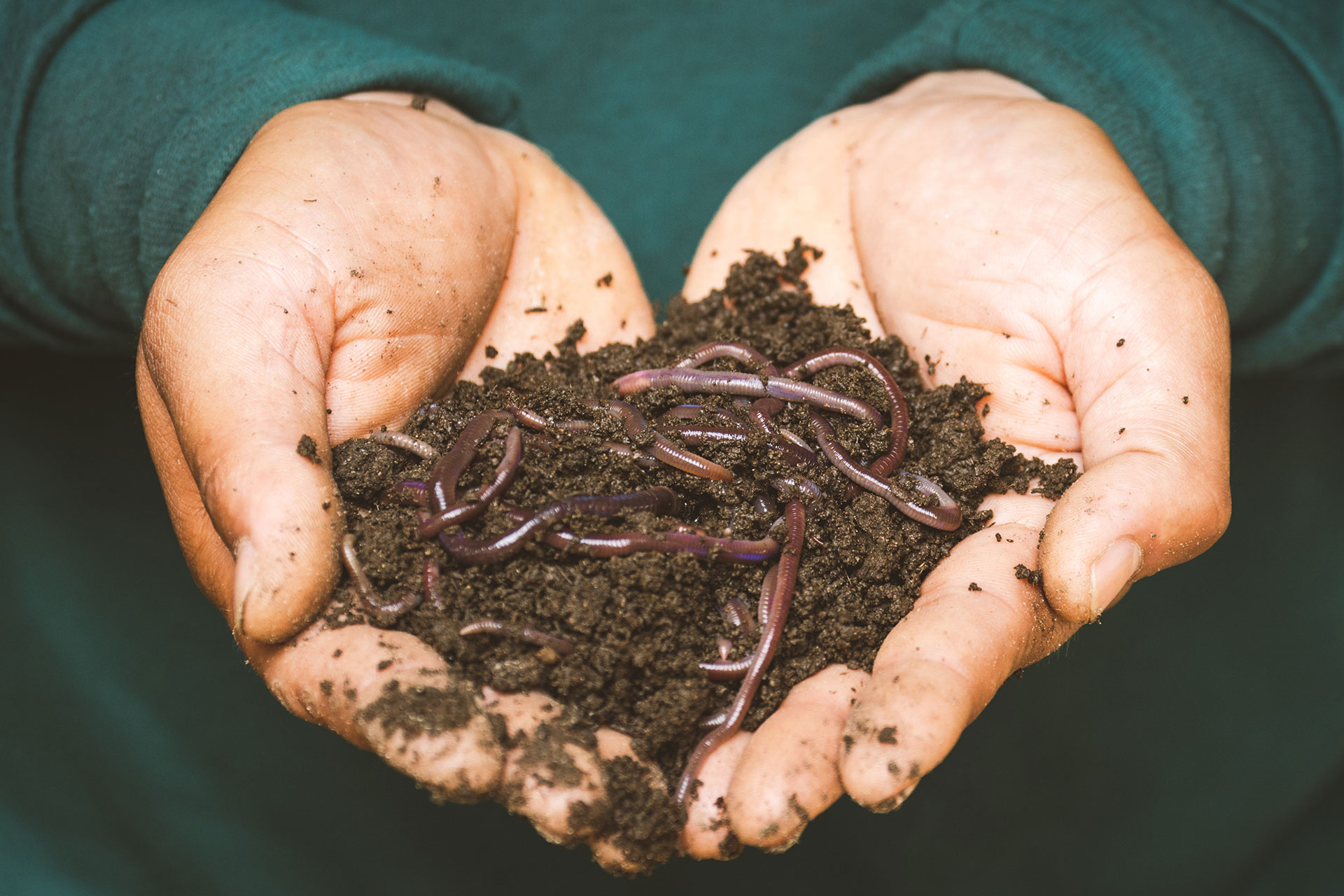“Fishing is not an escape from life, but is a deeper immersion into it.”
Imagine you are camping beside a pristine lake with your family, about to fire up some steak dinner. The sun had just pulled into the horizon passing behind the mountains. The lake begins to burst with life, fishing surfacing and jumping. You cast in your bottom fishing rig with a worm attached, tighten the line and get back to cooking. Just as your steak hits the grill you hear your rod bouncing and reel screaming. You drop everything and rush over to set the hook. FISH ON!!
Bottom fishing is absolutely one of the most relaxing ways to fish. This technique is one of the most widely used and dates far back into the history books. This method can produce catches of pretty much any size and species of fish. Bottom fishing can be used on all types of waters, from the ocean beaches to rivers and lakes. However as it is a simple technique in theory, it also requires some understanding of how to get your bottom rig set up for success.

Bottom fishing consists of a very simple set up. There are a few different styles of bottom fishing set ups, however we will focus on the 2 main types of rigs used for bottom fishing:
SLIP WEIGHT RIG:
Your main line runs through a sinker and to a swivel. This swivel is in place to stop the sinker from slipping off, this way your sinker is free sliding along your main line. From the swivel you will attach a leader anywhere from 6” to 2 feet. Finally, depending on your bait used, a bait knot should be tied to your hook to hold the bait in place.
BOTTOM RIG:
Your main line should attach to a 3 way swivel.
The second eye leading to a sinker weight, while the third eye of the swivel is attached to a leader from 6” to 2 feet. A bait knot should be used to attach your hook.
What Kind of Gear Do You Need?
The beauty about bottom fishing is the simplicity of it. You can essentially use any type of rod and reel set up (with the exception of fly fishing rod/reels). However do keep in mind that choosing specific rods, reels and line will help your success rate of catching fish using the bottom rig setup. Here are some suggestions as to the preferred or the best types of gear to be used. Again, we are only going in depth with the selection if you are fishing very specialized methods and techniques.
RODS
Although you may use any type of rod for bottom fishing, a more preferred rod type would be that with a longer length. A longer rod will give you a much farther cast, however the downside is that due to the length you will need to make sure you have ample space for casting and when fighting a fish.
Your target fish species should also determine your rod strength. Typically a stiffer rod would provide you with a farther cast. A rod rated MEDIUM, MEDIUM FAST or FAST would allow you to throw heavier weights, therefore casting much farther.
Example:
A 7 – 9 foot rod would be more than enough for small to mid sized lakes. Perfect for fighting small to mid sized fish
A 9 – 12 foot rod would be better for distance casting from the beach as this would allow farther casts and ability to fight larger fish.
What Kind of Sinkers or weights Do You Need?

Sinkers or weights can come in all different shapes and sizes, the style of bottom rig you decide to choose will dictate which style of sinker. My personal favourite weight size is anything between 1-2 oz. This provides good castability and sits along the bottom nicely without moving too much. Again, you may want to adjust your weight depending on your environment as well. For example a river with a current might require heavier sinkers ranging from 3 – 6 oz for sturgeon fishing.
What Kind of Bait Do You Use?

For bottom fishing, there are an unlimited amount of choices you may use for bait. But you have to be aware of your local river or lake bait bans if they are in effect.
You will want to first of all do some research on your target species. You should use bait that are matching their feed. One of the most universal baits I find that works pretty much for all species, in both salt and freshwater – is the regular earth worms. They are also known as nightcrawlers. I find this tends to be one of the most common bait most fish will readily bite on, they are cheap and easy to find/buy.
However, there are certain species that may require more specialized types of bait. Here are a few species and the types of baits that can be used to fish for them:
- STURGEON: Echelon, Roe, salmon bits
- TROUT: Worms
- CARP: Dough balls, corn
Please visit our *fish species* section for more information of types of fish.
Advanced Techniques
When bottom fishing, one of the most important aspects is to determine what type of structures are in front you. There might be rock jetties, broken logs, or underwater plants. You will need to be wary of these, as these can easily snag and break your bottom rig off. When retrieving your bottom rig, make sure you retrieve at a fast rate especially when it is closer to shore. As the shoreline is shallower and typically will have more structure, so be careful on your retrieve.
Certain fish bite very lightly, so do not set the hook right away. Wait for the fish to commit to the bait fully before setting the hook, otherwise you will just end up scaring the fish away.
For those who want to just cast their rod out and not have to constantly keep an eye on the rod for bites, a great idea would be to purchase a bell which can be attached to the tip of the rod. This will allow you to freely read a book or bbq lunch while you are waiting. Just be sure you are close enough to hear the bell!
It is not necessary, but a good rule of thumb for using any baited hooks is to tie a bait loop knot. These knots allow the line to grasp on your bait as it is on your hook. This way the bait is much more secure and will have a much less chance of flying off your hook during casts. It will also help with small fish trying to steal your bait away from your hook.
